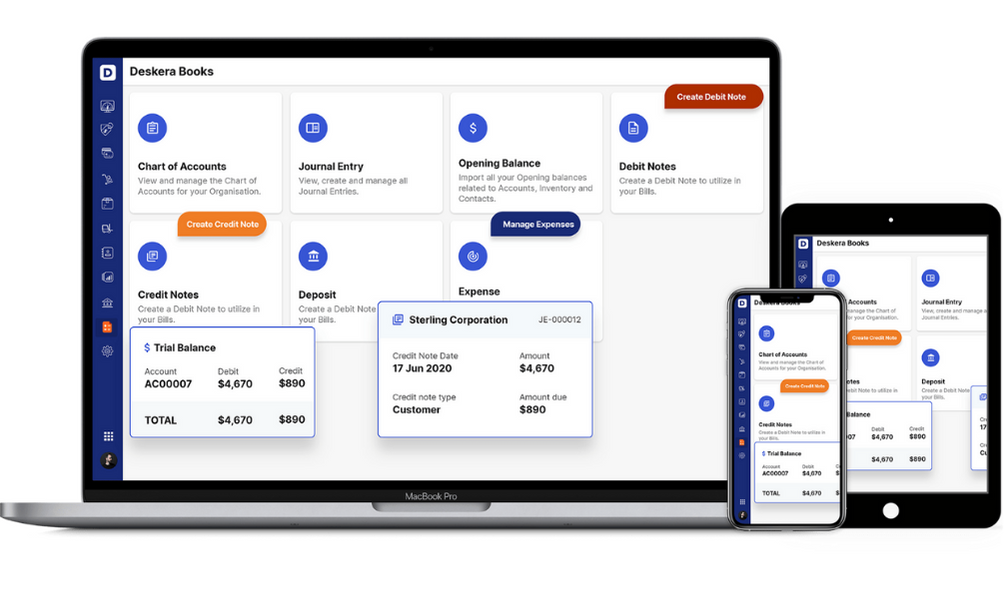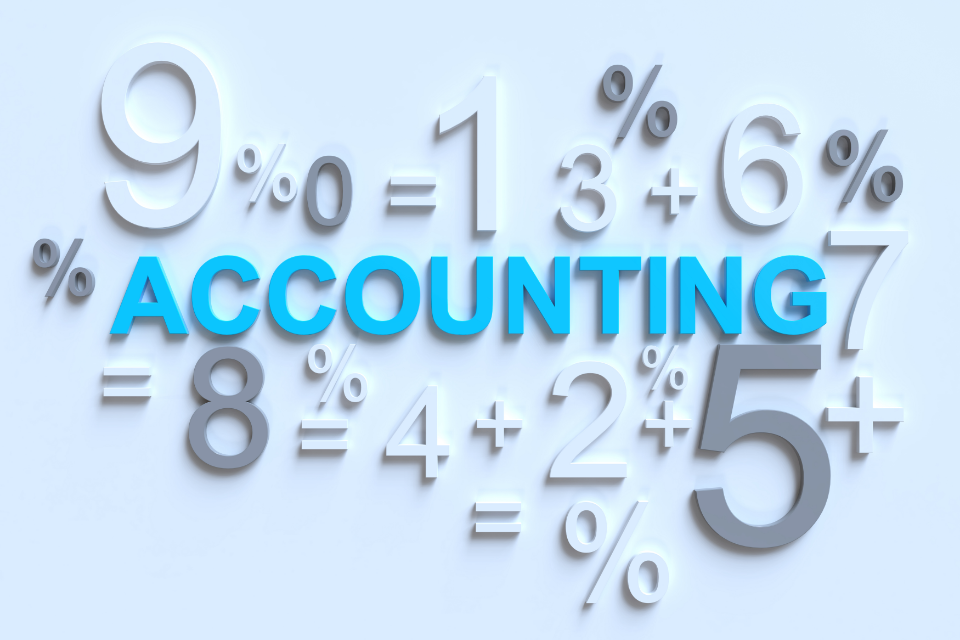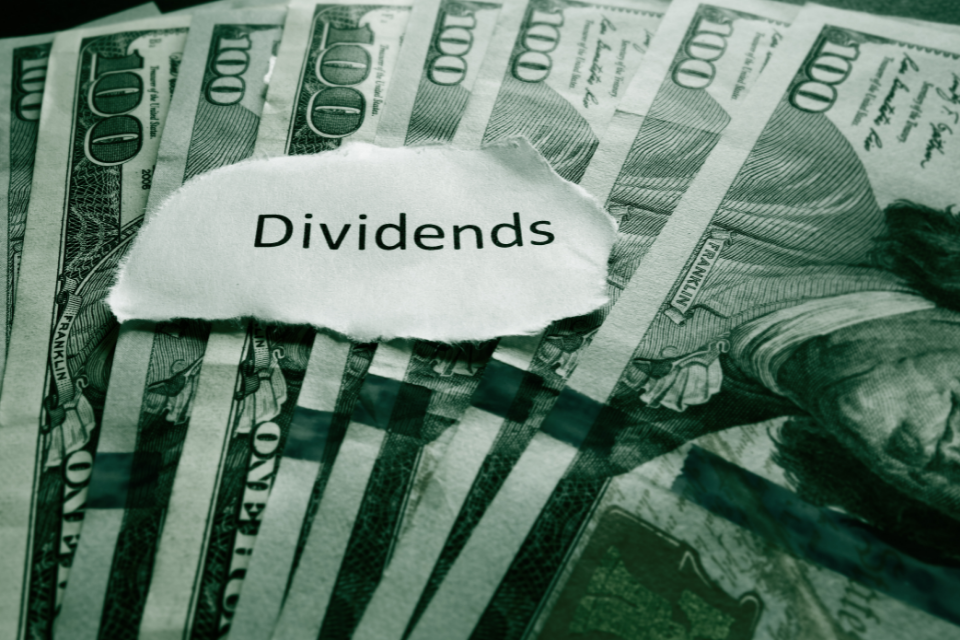Do you know what makes a shareholder a better investor?
To answer the above question directly, the secret sauce that makes a shareholder a better investor is their generated dividend income and understanding of the dividends to generate maximum returns from their investments.
Companies have various options to use their earned profits and serve different purposes. Some companies retain it to expand their operations, or some may use it to pay their debts.
Accordingly, companies also look forward to returning a portion of it to the shareholders by paying out dividends in the form of cash, shares or a combination of both.
This article will take a close look at the dividend income earned by the shareholders, its respective aspects, and its impacts in depth.
The article covers the following:
- What is a dividend income?
- What are the primary types of dividend income?
- Why does the company pay dividends?
- What are the important dates during the time of dividend payment?
- Does dividend income count as taxable income?
- How does dividend yield affect the dividend income?
- Key Takeaways
What is a dividend income?
Dividend income is the amount distributed to the company's shareholders. The dividends are distributed from the company's earnings or profits and are a way to earn money from owned shares.
In simple words, it is a reward given by the company to its shareholders for investing in their shares.
Usually, the dividends are in the form of cash; they might also be in the form of stock or any other property.
Matured companies with consistent earnings over the past years pay dividends to the shareholders, which builds their confidence in the company.
As per the IRS, the dividend income is also considered in the following situations.
- The shareholder receive services from the Corporation
- The Corporation pays debt to the shareholder.
- The shareholder provides services to a corporation but gets paid more than what the company would have paid the third party.
- The shareholder can use the Corporation's property without adequate reimbursement to the company.
What are the primary types of dividend income?
The dividend income can be divided into two types:
- Cash Dividend
- Stock Dividend
1. Cash dividends are paid in the form of cash against the shares you hold in the company.
Let us understand the concept of cash dividends with the help of an example:
Mr X owns 1500 shares of XYZ Limited. After the company's quarter valuation, the board of directors declared dividend payments to its shareholders.
As per the announcement, XYZ Limited declares a dividend payment of INR 10 per share,
So Mr X will receive a cash dividend of
|
Dividend Amount=
No. of Shares owned × Dividend Rate =1500
shares × INR 10 = INR 15,000 |
2. Stock Dividends are an addition to the existing shares that you hold in the company. That means the stock dividend adds value to the stock you own.
Let us understand the concept of stock dividends with the help of an example:
Considering the above example, XYZ Limited announced a stock dividend of 10%. That eventually means that every shareholder will receive an additional fiften shares for every 100 shares they hold in the company.
So if your current share count is 1500 shares, you will receive an additional 150 shares as a dividend.
The companies can opt-in for both of these dividends based on their preferences.
Why does the company pay dividends?
The payment of dividends to the investors is a result of the company's stable earnings over several years. Though the primary purpose of dividend payment is to attract investors and increase the value of this stock,
Two significant reasons support the purposes clearly:
- Companies pay dividends to reassure investors about the company's financial health. As a result, the investor sees it as a plus sign of management expectation and builds their confidence in receiving regular dividend payments.
- Regular dividend payments help give a message about a company's prospects and attract investors who seek steady income from their investments.
As a result of this action, more investors would be investing in the company, directly increasing the demand for that stock.
Hence, it will also lead to an increase in the company's share price, which is highly beneficial and recommended at large.
What are the important dates during the time of dividend payment?
Since the dividends can be paid in cash or stock, the investors tend to receive the amount in their bank account or as an addition to the stock respectively.
Usually, the dividend payments are made to the respective shareholders on a particular day.
The company's days are fixed and considered essential for dividend payments.
Let us discuss these dates in brief:
- Announcement date
- Record Date
- Ex-dividend date
- Payment date
1. Announcement date
On the announcement date, the company management announces the payment of dividends and in what kind that shareholders duly approved
2. Record Date
Record date is the date on which the company makes a list of the eligible shareholders to receive the dividend.
3. Ex-dividend date
Ex-dividend date is the date on which the dividend eligibility date expires. The date is also known as ex-date.
For example, if a stock has an ex-date of Tuesday, May 8, the shareholders are requested to buy the stock before the date.
If the shareholders buy the stock on or after the day, they won't be qualified to get a dividend because they are buying it on or after the dividend expiry date.
4. Payment date
The payment date is the final date on which the dividend amount is credited to the shareholders' account.
Does dividend income count as taxable income?
Yes, dividend income is counted as a taxable income under the shareholder's applicable Income Tax slab rate.
As per the rates, the dividend income is subject to a TDS of 7.5% in case the dividend receivable is greater than INR 5000.
In the case of non-individual shareholders, like Companies, Hindu Undivided Families, or firms, the income is subject to a TDS without any limit.
How does dividend yield affect the dividend income?
Dividend yield represents the ratio measuring the quantum of cash dividends paid to the shareholder relative to the market per share.
As far as a good dividend yield is concerned, the ratio should lie between 4-6%, considering the market conditions and interest rate.
The dividend yield directly affects the dividend income and is not alone a good indicator for buying a company's shares.
Let us understand the concept with an example,
Say that an investor holds shares of ABC Limited that witnessed a drop in its share price by 25% in a year and is offering a 10% dividend to its shareholders.
In this case, the share price drop is much higher than the amount of dividend announced. It is simply the loss of dividend income for the shareholder, which is not a good sign.
In addition, the high dividend yield is not an indicator of safe investment because of the uncertain cut in the rate of shares.
Therefore, it is recommended that the shareholder proceeds with precautions when investing for the dividend income such that income and satisfaction are stable in the long run.
How can Deskera Help You?
Deskera Books is an online accounting, invoicing, and inventory management software that is designed to make your life easy. A one-stop solution, it caters to all your business needs, from creating invoices and tracking expenses to viewing all your financial documents whenever you need them.

Key Takeaways
In this article, we witnessed that the dividend income provides investors with recurring and stable revenue; and signals the company's stable cash flow and ability to generate profits over the years.
Dividend Income acts as a source of financial security that reaps higher returns to the investor and builds a company's intrinsic value.
There is no doubt that dividends are a considerable utility in the real world!
Following are the key takeaways of the article:
- Dividend income is the amount distributed to the company's shareholders. It is a result of the company's earnings or profits over the year.
- The dividend income can be divided into cash dividends and stock dividends.
- Cash dividends are paid in the form of cash against the shares you hold in the company.
- Stock dividends are in addition to the existing shares that you hold in the company.
- The primary purpose of dividend payment is to attract investors and increase the value of the stock, followed by two major reasons.
- Four important dates are considered during the time of dividend payment.
- The dates are announcement date, record date, ex-dividend date and payment date.
- The dividend income is taxable under the income tax slab rate of the shareholder, i.e. TDS of 7.5%
- Dividend yield represents the ratio that measures the quantum of cash dividend paid to the shareholder relative to the market per share.
- The dividend yield directly affects dividend income and is not alone a good indicator for buying company shares.
- It is recommended for the shareholders that they proceed with precautions when investing for the dividend income.
- Dividend income is a source of financial security that reaps high returns to the investor and builds the company's intrinsic value.
Related Articles












